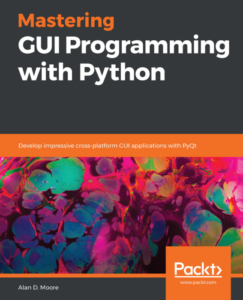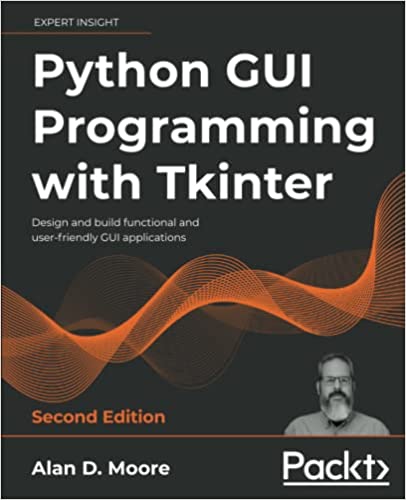
The default theme for KiLauncher. Ok, so it kind of looks like your gramma’s formica breakfast table from the 1970s.
I’ve been doing a lot of tinkering on my KiLauncher project over the last week or so, and it’s not only shaping up into a nice useful little application, but an educational opportunity as well
My goals for KiLauncher were to make it both theme-able, and configurable with plain-text files. The natural mechanism for this (for the theme, anyway) was CSS, a format with which any self-respecting UI designer is familiar. Fortunately, Qt supports a subset of CSS to style its GUI classes, sometimes referred to as QSS.

